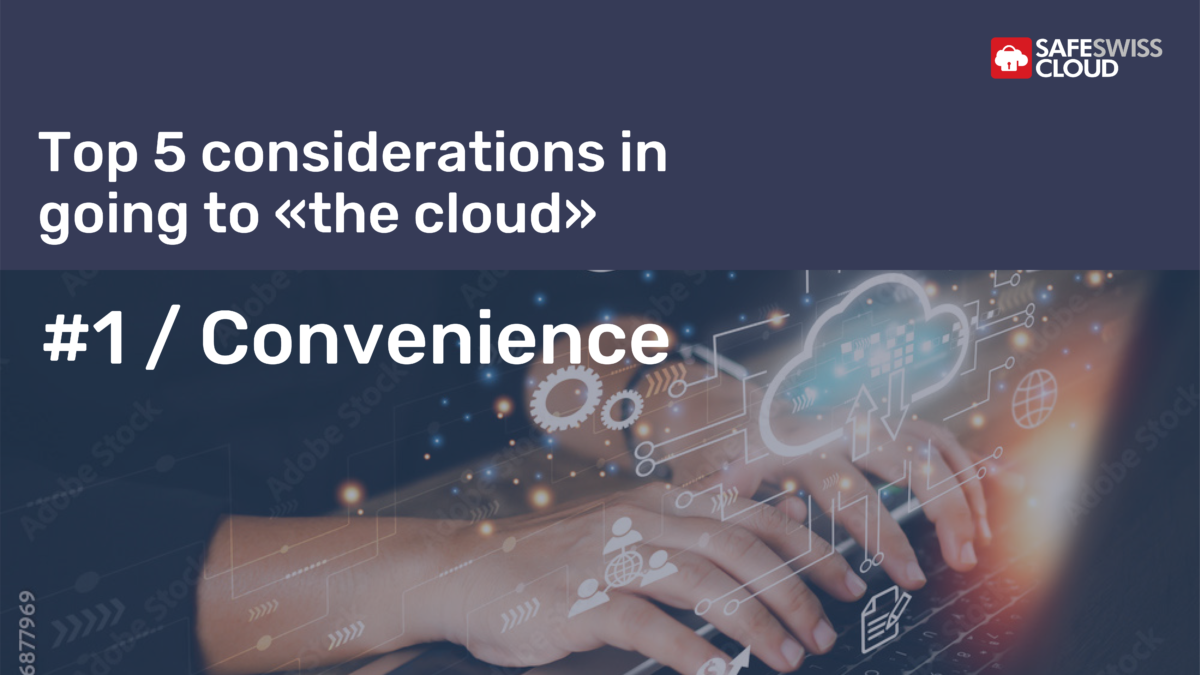How can IT Decision Makers evaluate their Cloud Computing Options? #1 – Convenience
The 5 most important considerations in going to “the cloud” explained. The first part of our series deals with the topic of Convenience.

So you think that the cloud is an important tool to help you turbo charge your IT and help take your organisation to the next level. But then you started to get all sorts of advice:
- get as many SaaS services as possible say your users;
- IaaS is the right cloud delivery model for the organisation say some of your IT people;
- a combination of IaaS and SaaS is the right approach say others.
How do you make the right decisions? What are the right considerations in making such decisions?
At a high level, we have summarised the most important considerations in going to “the cloud” – we have condensed them into the following five Cs:
- Convenience: can users be provided with a dramatically improved user experience and more functionality? Are there ways to increase efficiency and convenience?
- Control: how much control do you need over your software, data, networking and operations?
- Compliance: are you a European organisation who needs to comply with the EU’s data privacy laws? Are you a Swiss organisation for whom the new Swiss privacy laws apply starting on 1 September 2023?
- Choice: how many new scenarios can be enabled for end users and the IT department, by using the cloud as an important platform?
- Cost: how does the total cost of ownership (TCO) of cloud alternatives compare with existing solutions?
#1 – Convenience Services
One model of cloud service delivery is Software as a Service (SaaS). Examples of this model include Sales Force (CRM), Slack (collaboration) and Gmail (email). In this model, the cloud provider makes a software solution available to your users directly over the web. As a result, you don’t have to deal with servers, operations and security – the provider takes care of all this.
If convenience is your priority, then the SaaS model of cloud service delivery is the way to go. It might also be the opportunity to provide your users with improved user experiences and more advanced functionality. And you don’t need a long setup phase – you can start almost immediately.
While this is a very convenient and attractive model, it comes with some disadvantages. You will have very little control over the technology and where your business critical data is stored. These software systems tend to be proprietary and if you therefore want to switch to a different system in the future, it might require a lot of conversion and development work making it practically impossible. SaaS is a “one size fits all” model and is often not suitable for industries with high privacy and regulatory requirements.
In the next post, we will look at considerations related to Control.


Please Note:
You may use one of these HTML tags and attributes: <a href="" title=""> <abbr title=""> <acronym title=""> <b> <blockquote cite=""> <cite> <code> <del datetime=""> <em> <i> <q cite=""> <s> <strike> <strong>